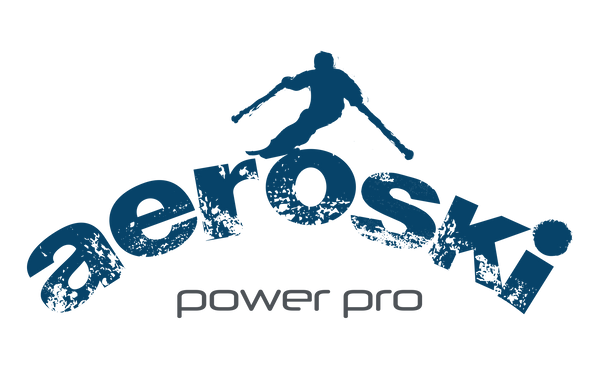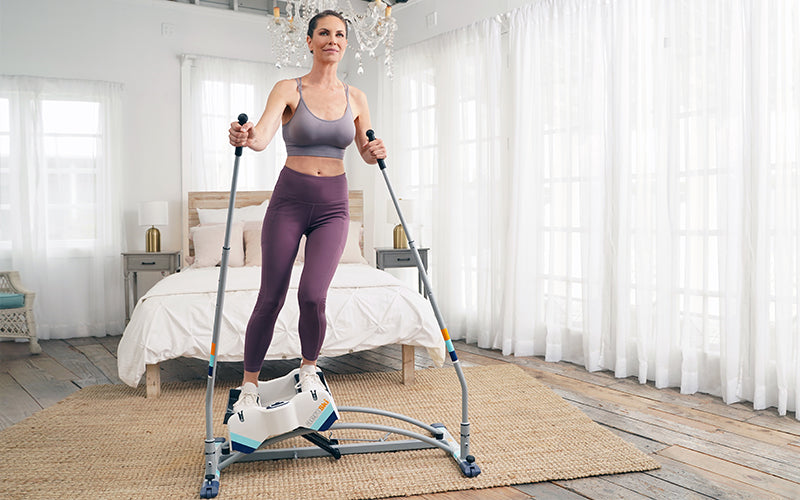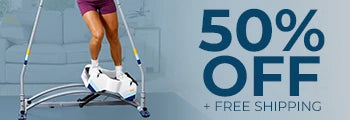As enjoyable as downhill skiing is, it’s also a challenging workout that demands a lot out of the body. If you’ve been skiing throughout the season, you build up a specialized kind of strength in your legs, your core, and even your arms that’s difficult to replicate during the off-season. This is why so many people spend time trying to develop the perfect at-home ski workout. Unfortunately, it’s difficult to create the same work for your body without the mountain and the skis.
There are loads of guides offering a ski prep workout at home, but few do a reliable job of training your body adequately for next season. Instead of worrying about what exercise burns the most calories at home, you should spend time thinking about how to strengthen and condition so you can hit the slopes harder than ever.
Below are three of the most common issues that come with most home ski workouts. Use these issues to guide your own training efforts and you’ll be in better shape when you start your first descent.
Dynamic Circuit Movements for Training are Difficult to Do Properly

While it’s true that circuit training style training routines, such as this one from Redbull, can help strengthen your body and prepare you for difficult ski sessions, the movements in the routines often feel awkward to do. If you aren’t exercising with the proper form, you won’t enjoy all the benefits the movements have to offer. That means you’ll spend countless hours in front of a mirror attempting to master your form, and many people don’t have the time or the drive to perfect their training routine movements during the off-season. Just as a weight training machine at a gym helps guide new lifters to engage their muscles with proper form, a specialized ski-training machine can help you maintain proper form without hours of careful practice. That’s why it’s worth considering a specialized piece of equipment like Aeroski for off-season conditioning if you’re serious about maintaining your strength.
Home Training Can Be Lackluster
There are loads of circuit-style workouts, such as the one proposed by Outside Online here, and many will work to help prepare your body for the challenges of downhill skiing. The problem is, these workouts are boring, unpleasant, and difficult to sustain over time. Only the most diehard athletes will train consistently enough to see the benefits the regular training provides. That’s where a trainer like the Aeroski can offer some serious benefits. The smooth back-and-forth motion of Aeroskiengages your legs, glutes and core muscles that work to stabilize you.
Most Home Workouts Don’t Deliver the Same Torque Skiing Does
According to Popular Mechanics, An Olympic alpine skier experiences lateral torque levels of up to 110 ft-lb while swiveling around slalom sections in steep and snowy courses. While most ski enthusiasts aren’t likely to subject themselves to the same pressure levels, the fact remains that the body experiences lots of torque while skiing downhill. Finding ski workouts at home that can duplicate the same level of torque in a similar manner is nearly impossible to do. That’s why serious skiers turn to specialized equipment to prepare their bodies for a winter full of downhill punishment.
The right alpine ski training equipment mimics the same movement that you go through when skiing down a steep slope. The main ski machine workout benefits aren’t just a high-calorie workout, but a chance for your knees and the stabilizing muscles in your legs and core to get strong enough to comfortably withstand the lateral torque generated while skiing downhill.
Aeroski will push your body in the same way skiing does, and it will give you a way to start off slow and build up over time. This equipment is available at a reasonable price but is offered at even lower prices thanks to occasional exercise machine deals.


